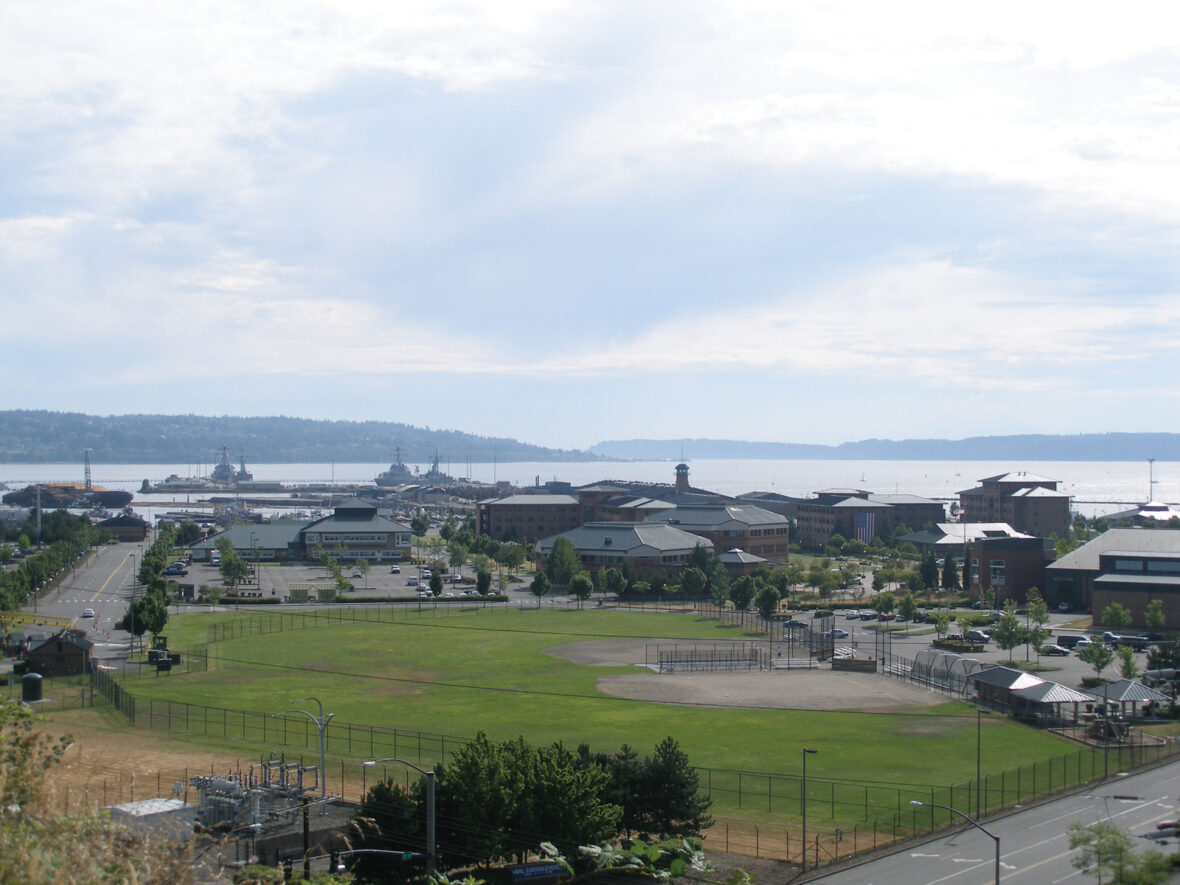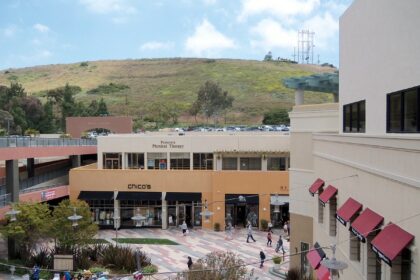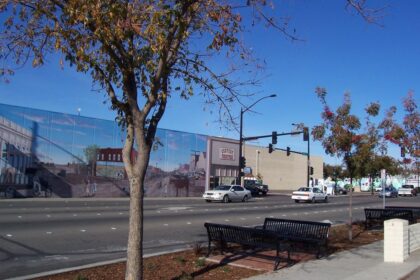Everett is the county seat of and the largest city in Snohomish County, Washington, United States. It is 25 miles (40 km) north of Seattle and is one of the main cities in the metropolitan area and the Puget Sound region. Take a look below for 30 amazing and interesting facts about Everett, Washington, United States.
1. Everett is the seventh-largest city in the state by population, with 103,019 residents at the 2010 census.
2. The city is primarily situated on a peninsula at the mouth of the Snohomish River along Port Gardner Bay, an inlet of Possession Sound (itself part of Puget Sound), and extends to the south and west.
3. The Port Gardner Peninsula was historically inhabited by the Snohomish people, who had a winter village named Hibulb near the mouth of the river.
4. Modern settlement in the area began with loggers and homesteaders arriving in the 1860s, but plans to build a city were not conceived until 1890.
5. A consortium of East Coast investors seeking to build a major industrial city acquired land in the area and filed a plat for “Everett”, which they named in honor of Everett Colby, the son of investor Charles L. Colby.
6. The city was incorporated in 1893, shortly after the arrival of the Great Northern Railway, and prospered as a major lumber center with several large sawmills.
7. Everett became the county seat in 1897 after a dispute with Snohomish contested over several elections and a Supreme Court case.
8. The city was the site of labor unrest during the 1910s, which culminated in the Everett massacre in 1916 that killed several members of the Industrial Workers of the World.
9. The area was connected by new interurban railways and highway bridges in the 1920s, transforming it into a major commercial hub, and gained an airport at Paine Field in 1936.
10. The city’s economy transitioned away from lumber and towards aerospace after World War II, with the construction of Boeing’s aircraft assembly plant at Paine Field in 1967.
11. Boeing’s presence brought additional industrial and commercial development to Everett, as well as new residential neighborhoods to the south and west of the peninsula that was annexed by the city.
12. Boeing remains the city’s largest employer, alongside the U.S. Navy, which has operated Naval Station Everett since 1994.
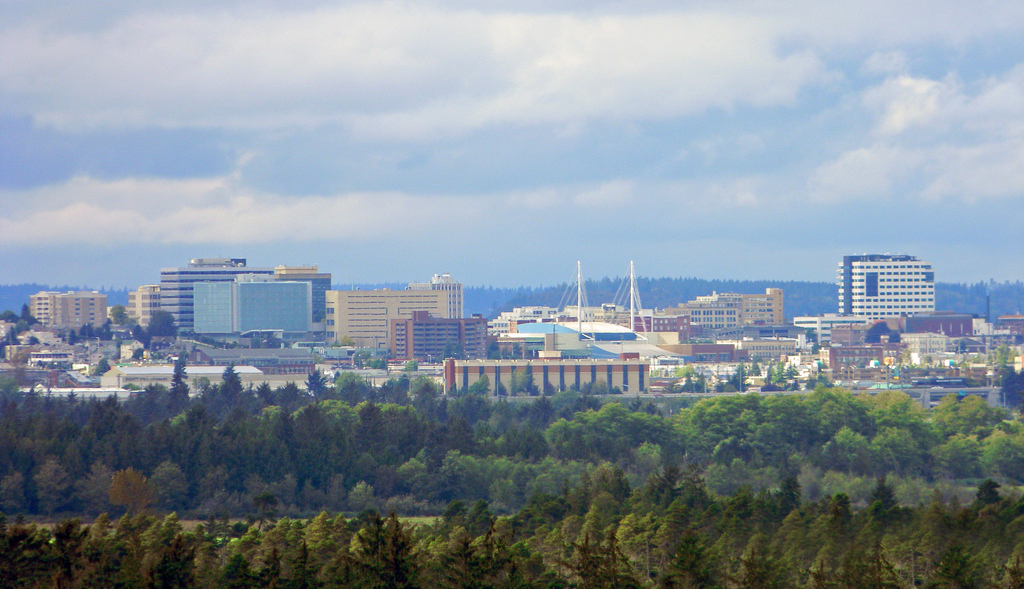
13. Everett remains a major employment center for Snohomish County, but has also become a bedroom community for Seattle in recent decades.
14. It is connected to Seattle by Interstate 5 and various public transit services at Everett Station, including the Sounder commuter train, Amtrak, and commuter buses.
15. Everett stages several annual festivals and is also home to minor league sports teams, including the Everett Silvertips at Angel of the Winds Arena.
16. The Port Gardner Peninsula was originally inhabited by local Coast Salish tribes who arrived in the region 10,000 years before present and settled near modern-day Everett approximately 2,000 years before present.
17. The Snohomish people lived around local waterways in the Possession Sound estuary and had a fortified winter village at Hibulb (also called Hebolb) at the mouth of the Snohomish River.
18. The first Europeans in the area were explorers from the 1792 Vancouver Expedition, who landed on a beach on the modern Everett waterfront and claimed the land for England on June 4, the birthday of King George III.
19. Puget Sound was further explored and charted by the Hudson’s Bay Company in 1824 and the United States Exploring Expedition under Charles Wilkes in 1841, ahead of a larger American presence in the area.
20. The Snohomish and other Coast Salish tribes were signatories to the Treaty of Point Elliott in 1855, which relinquished their lands to the Washington territorial government and established the nearby Tulalip Indian Reservation, where they would be relocated.
21. The first permanent American settler to arrive on the peninsula was Dennis Brigham, a carpenter from Worcester, Massachusetts, who claimed a 160-acre (64.7 ha) homestead and built a cabin for himself. Several other families established their own homesteads, as well as a general store and a sawmill that quickly went out of business. Over the next several years a handful of loggers moved to the area, but plans for a settlement were not conceived until 1890.
22. During an Alaskan cruise via the Inside Passage aboard the steamship Queen of the Pacific in July 1890, lumberman Henry Hewitt Jr. and railroad executive Charles L. Colby drew up plans for an industrial city on Port Gardner Bay. Hewitt and Colby had previously met in Wisconsin, where they operated lumber and maritime businesses, respectively, and in Tacoma, Washington, from which the voyage began.
23. The pair sought to build an industrial center at a site they speculated would be the first ocean port for Great Northern Railway, to be constructed by James J. Hill, and turn it into a “Pittsburgh of the West”. On August 22, 1890, the plat for a 50-acre (20 ha) townsite on the peninsula was filed by the Rucker Brothers, who had moved north from Tacoma and had more modest plans for the area.
24. By September, Colby had secured $800,000 in funding (equivalent to $21.3 million in 2019 dollars) from oil magnate John D. Rockefeller and his railroad associate Colgate Hoyt to begin acquiring land while avoiding property speculators. The Hewitt–Colby syndicate decided to use a name that would not identify a specific location, naming their planned city after Everett Colby, the fifteen-year-old son of investor Charles L. Colby, who had displayed a “prodigious appetite” at a group dinner.
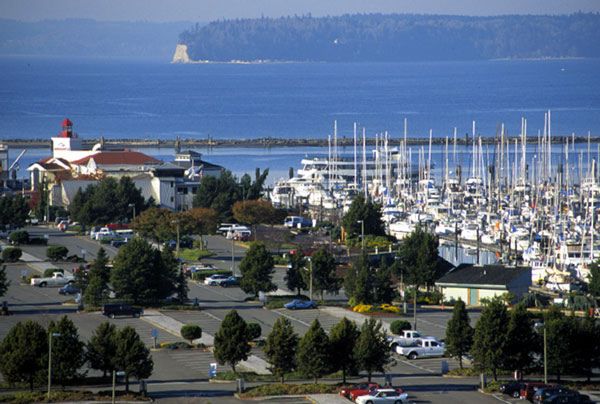
25. The Everett Land Company was incorporated in Pierce County on November 19, 1890, and acquired 434.15 acres (175.69 ha) of property from the Rucker Brothers a week later. Several businesses had already been established on the peninsula, generally dividing themselves between the Bayside facing Port Gardner and Riverside facing the Snohomish River. The Rucker Brothers’ plat was withdrawn after an agreement to donate half of their holdings was reached with Hewitt, who promised a series of industrial developments under the “Remarkable Document”, which was also used to acquire property from other landowners in the area.
26. Everett gained its first businesses in early 1891, as the new settlement on the Snohomish River attracted land speculators and commitments to build lumber mills and other industrial enterprises.
27. The first post office opened in July at a general store on the bayfront, where the Seattle and Montana Railroad was built in October. By the end of the year, Everett had gained its first school, saloon, church, and sawmill. The Swalwell Brothers had begun selling property in Riverside along Hewitt Avenue, which was laid 100 feet (30 m) wide and became the main east–west thoroughfare from the riverfront when it was completed in June 1892.
28. The Everett Land Company did not initially organize a municipal government, leaving local issues to be resolved by a “citizen’s committee” formed by 21 residents on March 21, 1892. The area had an estimated population of 5,000 by the end of the year, shortly before the completion of the Great Northern Railway across Stevens Pass on January 6, 1893. The railroad did not terminate in Everett as originally hoped by land speculators, instead continuing along the shoreline of Puget Sound to Seattle.
29. The city’s residents are known as Everettites.
30. Among them are U.S. Senator Henry M. Jackson, Washington governors Roland H. Hartley and Monrad Wallgren, and several other members of the U.S. Congress and Washington state legislature.

